How Much Does It Cost to Become a Pilot? Full Cost Guide
Jul 14, 2023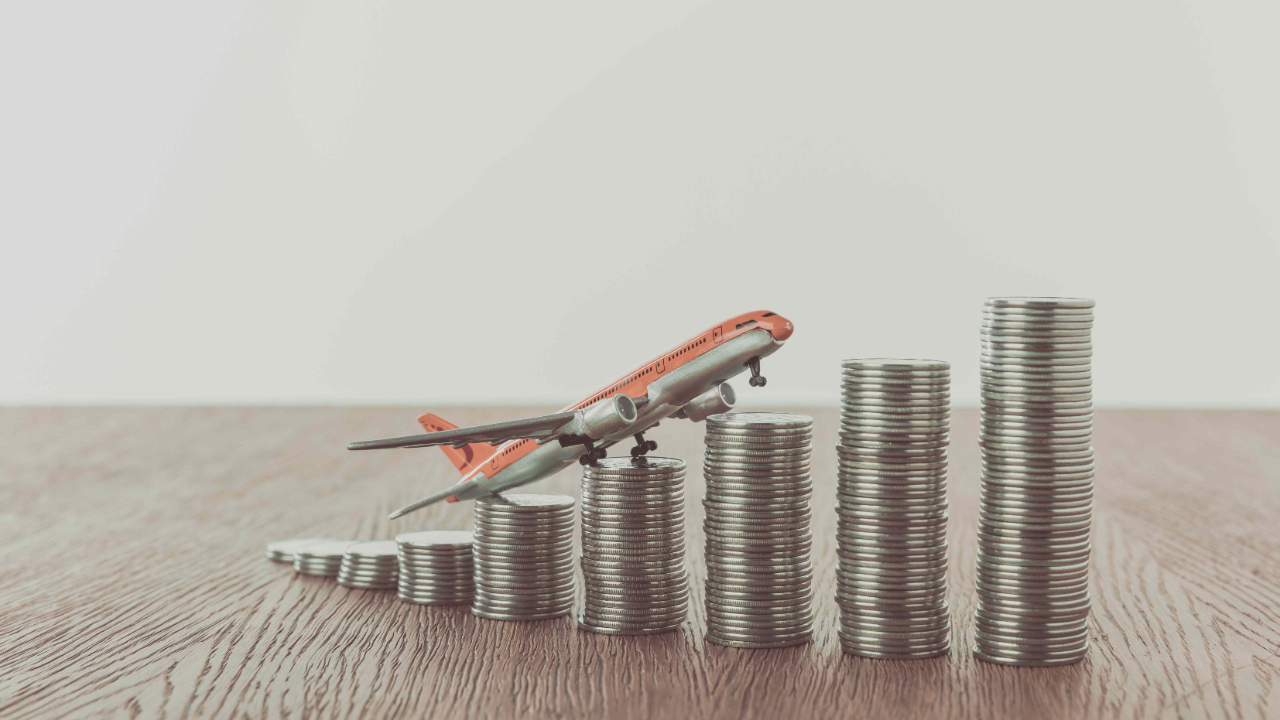
There are many costs that must be incurred if one wants to become a pilot, but also many ways to save money. The cost of following your dream depends on many factors including the type of license, where you choose to go to flight school, and more.
Becoming a pilot is an exciting endeavor, but it's essential to understand the costs involved. While the total cost of pilot training can vary significantly depending on several factors, there are ways to save money and make it more affordable.
In this article, we will delve deeper into the misconceptions about pilot training costs, explore different types of licenses and pilot license requirements, discuss their associated expenses, and highlight financing options. Additionally, we will touch upon hidden costs that hopeful pilots should consider.
So how much does it cost to become a pilot? Let's break down the cost associated with gaining your pilot's license including hours of flight training, rental fees, and more. The answer varies but $7,000 up to $300,000 depending on which type of license you are getting.
Misconceptions of Flight Training
Common misconceptions about the flight training cost often lead aspiring aviators to underestimate or overestimate the financial cost of a license. One of the prevailing misconceptions is that becoming a pilot is prohibitively expensive and is reserved only for the wealthy.
While it is true that commercial pilot training or private pilot training is a substantial financial commitment, there are various options and pathways available to make it more affordable.
Another misconception is that the initial cost of obtaining a pilot license is the only expense to consider. In reality, there are ongoing costs such as aircraft rental fees, additional training expenses, and maintenance and insurance costs that must be taken into account.
For instance, there are more costs associated with each level of license. Commercial pilot licenses are more costly to obtain than private and so on.
By addressing these misunderstandings and gaining a clear understanding of the actual costs involved, prospective pilots can better plan and prepare for their journey toward achieving their aviation dreams.

Pilot Training Options
There are many types of licenses and certifications you can obtain to make your dream of flight come alive.
Student Pilot license
A student pilot certificate is an important document issued by aviation authorities that signifies an individual's status as a student pilot.
Entailments
It is the first step in the process of becoming a licensed pilot and allows individuals to begin flight training under the supervision of a certified flight instructor. The student pilot certificate serves as evidence that the holder has met the requirements to initiate flight training and is authorized to act as a pilot in command of an aircraft during training flights.
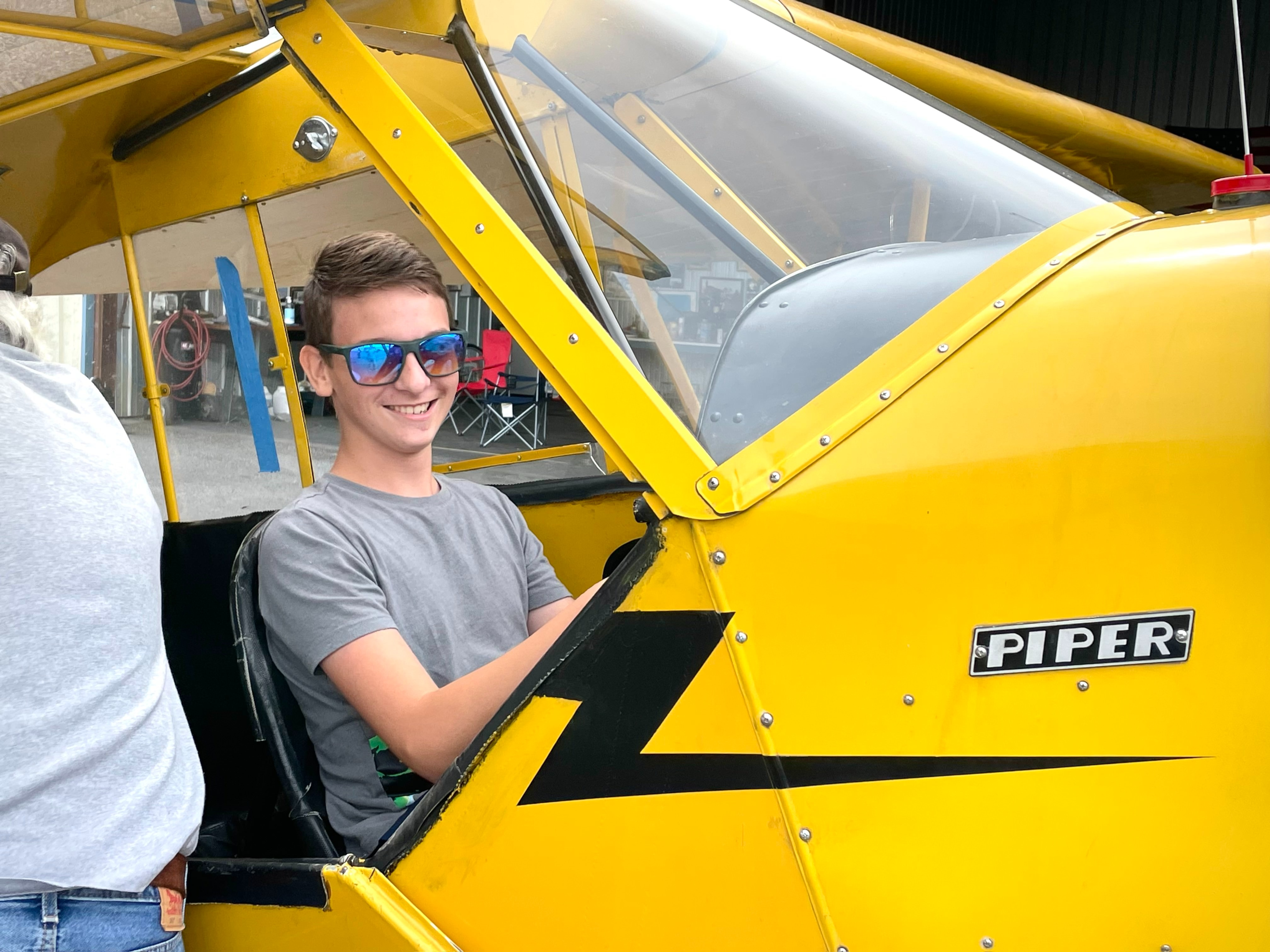
This certificate typically carries certain limitations for many student pilots, such as the requirement to fly under the supervision of a flight instructor and restrictions on carrying passengers or flying in certain airspace.
As students progress in their training and gain experience, they work towards obtaining additional certifications and licenses, such as a private pilot license or commercial pilot license, which will expand their privileges and remove some of the restrictions associated with the student pilot certificate.
Time
The amount of time it takes to become a student pilot can vary depending on the individual's availability, commitment, and flight training schedule.
On average, it can take several weeks to a few months to complete the required flight and ground instruction, as well as meet the proficiency standards set by reputable flight school and aviation authorities.
However, the exact duration may vary based on factors such as the student's progress, weather conditions, and the flight school's curriculum.
Fees
Becoming a student pilot entails various costs that aspiring aviators should consider. The primary expenses revolve around the flight school students' training and instruction fees, which cover the cost of one-on-one training with a certified flight instructor.
These fees can vary depending on factors such as the flight school, location, and flight time required to meet proficiency standards. Additionally, there are costs associated with aircraft rental for training flights, fuel charges, and landing fees at airports.
Ground school materials and study resources, including textbooks and online courses, may also incur additional expenses.
Furthermore, there are fees for written and practical exams conducted by aviation authorities to assess a student pilot's knowledge and skills.
It's important to note that the overall costs of becoming a student pilot can vary widely depending on the individual's learning pace, the local flight school's rates, and the flight experience required to meet the proficiency standards set by the aviation authority.
Recreational Pilot License
A Recreational Pilot License (RPL) is a type of pilot certificate that allows individuals to fly light-sport aircraft (LSA) for recreational purposes, providing an accessible and cost-effective pathway to enjoy the freedom of flight.
Entailments
A recreational pilot license is designed for individuals who primarily want to fly for recreational purposes and enjoyment. A recreational pilot is restricted to flying LSA with specific performance limitations, such as weight and seating capacity.
They are not permitted to fly certain types of aircraft or engage in activities such as commercial flying or flight training for compensation.
Time
Becoming a recreational pilot typically requires less time compared to other pilot licenses. On average, it can take approximately three to six months to complete the necessary flight training and meet the requirements for an RPL.
However, the duration may vary depending on factors such as the individual's availability, progress during training, and the flight school's curriculum and scheduling options.
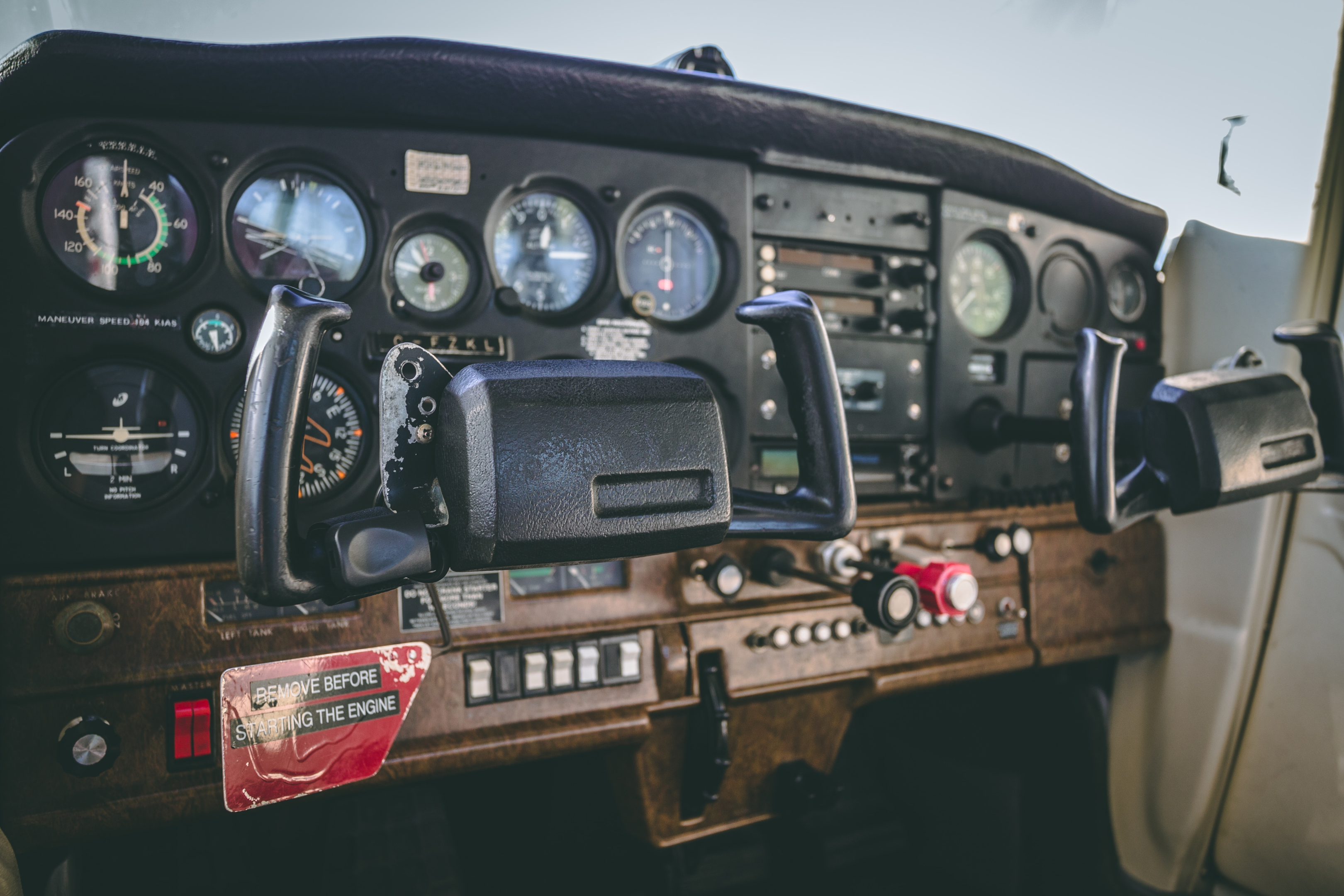
Fees
The primary expense is flight training fees, covering the cost of one-on-one training with a certified flight instructor. These fees depend on factors such as the flight school, location, and the number of hours of flight required for proficiency.
Aircraft rental charges are also a significant component, as hopeful pilots need to rent training aircraft for their flight lessons.
Additionally, there are examination fees for both written and practical exams administered by aviation authorities.
While the overall cost of obtaining a recreational pilot license (RPL) can vary, it generally offers a more affordable option compared to licenses aimed at professional pilots, making it an accessible pathway for individuals seeking to fly for recreational purposes.
While the overall cost of obtaining an RPL can vary, it is generally more accessible and cost-effective compared to licenses aimed at professional pilots. By carefully considering the associated costs and exploring financing options, you can embark on your journey to becoming a recreational pilot.
In Comparison with a Private Pilot License
In terms of training requirements, the RPL typically has fewer flight hours and training obligations compared to the Private Pilot License (PPL). The focus of the recreational pilot training is more centered on basic flight skills and safety, allowing individuals to quickly obtain their license and enjoy recreational flying.
In contrast, private pilot training is more comprehensive and covers a wider range of knowledge and skills, including advanced navigation, instrument flying, and more in-depth flight operations.
Private Pilot License
Obtaining a PPL is often the first step for individuals looking to embark on an aviation career or simply enjoy the thrill of flying as a hobby. PPL training provides an introduction to aviation, equipping hopeful pilots with the fundamental knowledge and skills necessary to operate an aircraft safely.
Entailments
A PPL offers broad privileges and allows individuals to fly a wide range of aircraft, including larger and more complex airplanes. As long as they have one engine, they are pretty much good to go, with some minor exceptions.
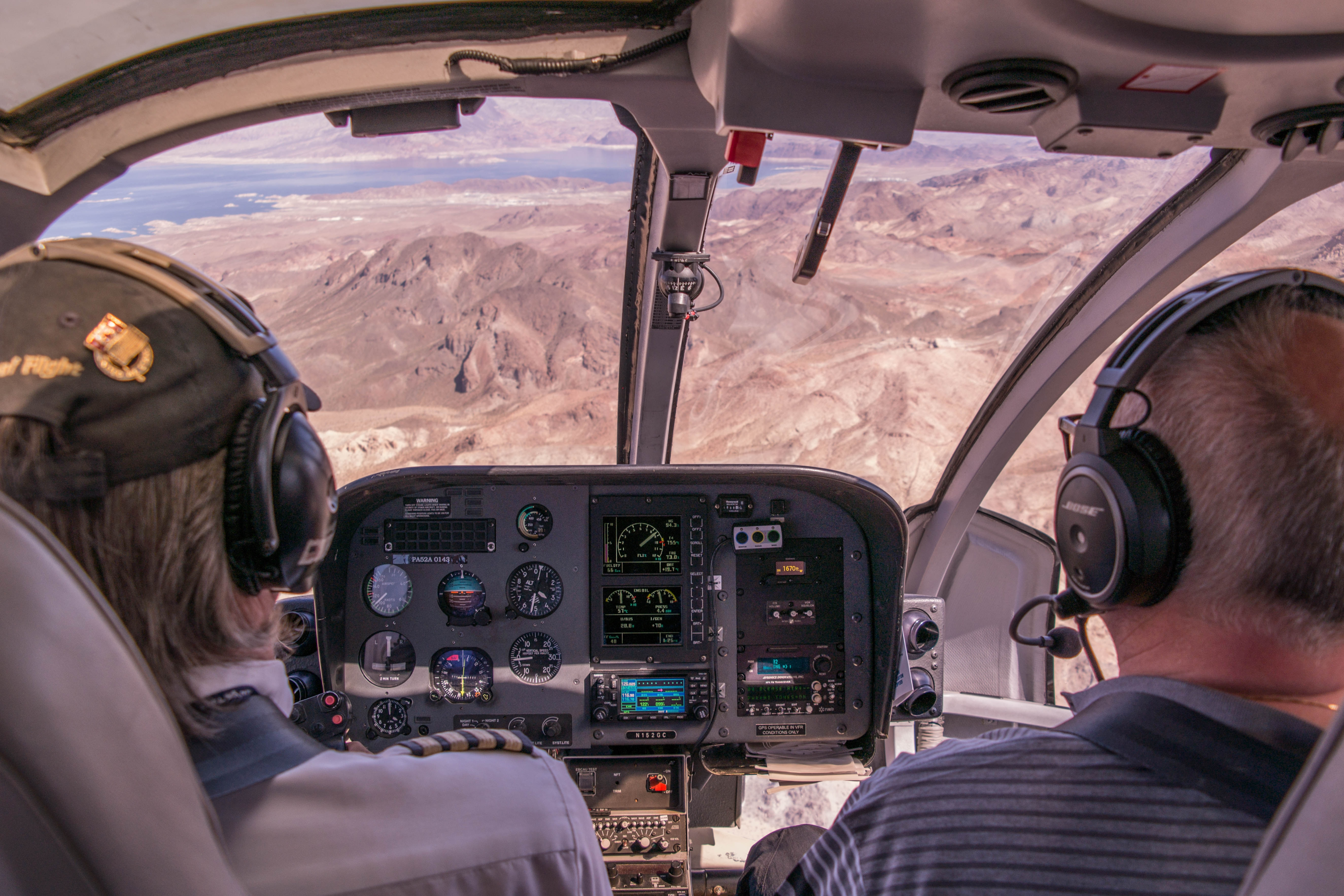
Private pilots can also pursue additional ratings and endorsements to expand their flying capabilities, such as instrument rating, multi-engine rating, or seaplane rating.
Unlike recreational pilots, private pilots have the option to fly for compensation or hire under certain conditions, opening up opportunities for activities like air charter services or aerial photography.
Time
The amount of time it takes to become a private pilot can vary depending on various factors, including the individual's availability, frequency of training, and aptitude for learning. On average, it can take around six to twelve months to complete the necessary flight training, ground school instruction, and meet the required flight hour minimums.
However, it's important to note that this timeline is approximate, and some individuals may take longer or shorter depending on their circumstances and dedication to the training process.
Fees
When it comes to the cost breakdown of obtaining a PPL, several factors need to be considered. The primary expenses include flight training fees, aircraft rental charges, and examination fees. Flight instruction fees cover the cost of one-on-one training with a certified flight instructor (CFI).
These fees vary depending on the flight school, location, and the number of flight hours required for proficiency. This number is generally around 40 hours, but most pilots require more before they are ready.
Aircraft rental is usually based on an hourly rate for the use of training aircraft during flight lessons. Additionally, examination fees cover the costs associated with written and practical exams administered by aviation authorities.
It's important to note that the overall cost of obtaining a PPL can vary widely, ranging from a few thousand dollars to tens of thousands, depending on the flight school, location, and training progress.
Flight school can be a considerable cost but nowadays, many people opt for online ground school. Click here to learn more about Flight Nerd Airforce's curriculum and to join our newsletter.
Ultimately, the choice between a recreational pilot license and a private pilot license depends on the individual's aviation goals and intended use of the license.
Recreational pilots often prefer a more affordable and streamlined path to fulfill their passion for flying, while private pilots seek broader privileges and opportunities for personal and professional growth in the aviation industry.
Commercial Pilot License
The Commercial Pilot License (CPL) is the next level of certification beyond the PPL and is essential for those aspiring to pursue a career as a professional pilot.
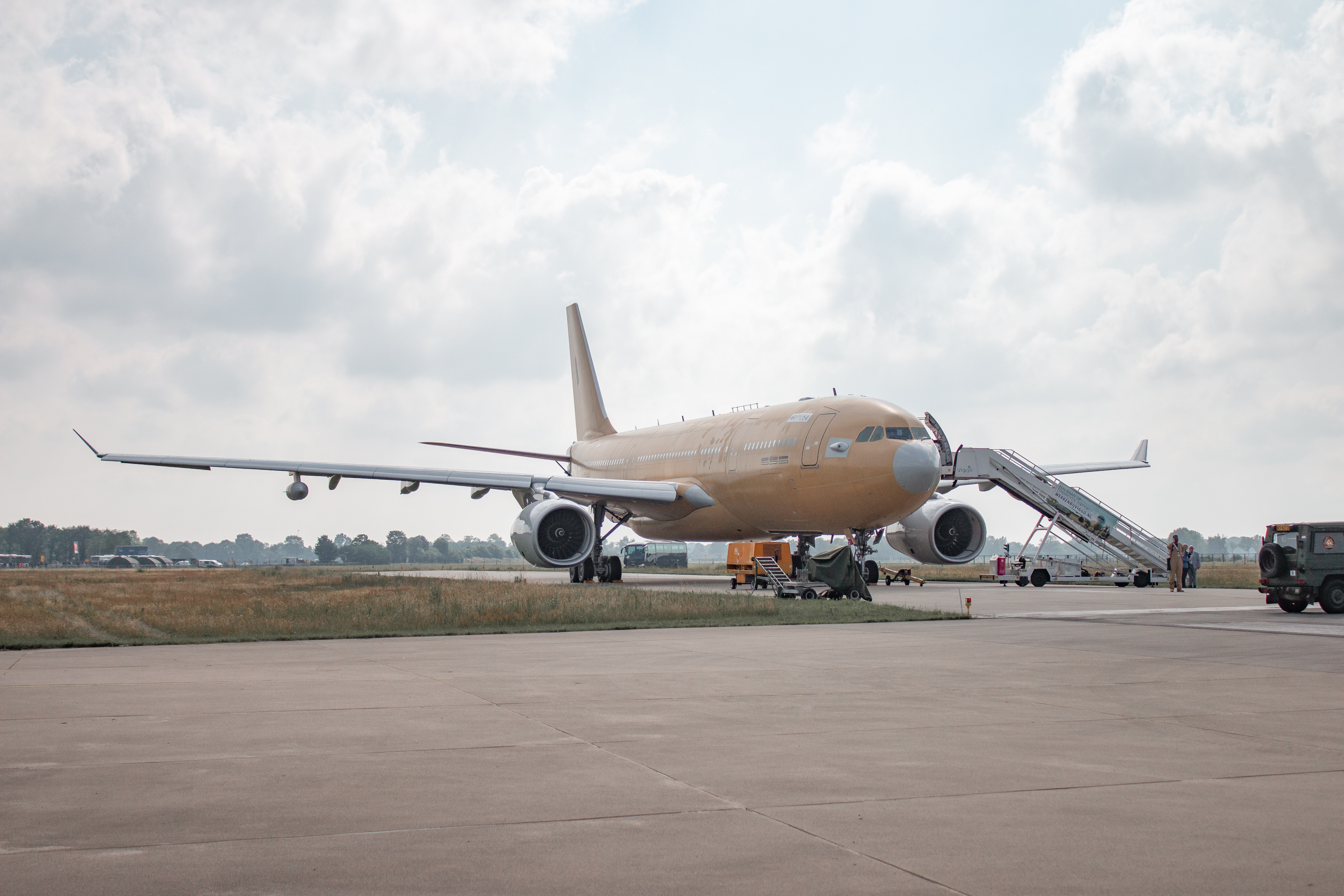
Commercial pilots can fly larger planes than with a PPL but usually can't fly large passenger planes within an airline.
Entailments
Commercial pilot license training builds upon the skills and knowledge acquired during PPL training, with a greater emphasis on advanced flight maneuvers, instrument flying, and navigation techniques; this checks out because being a commercial pilot entails flying as a job where consequences of mistakes bubble over into legal implications for the company often. Most commercial pilots also carry passengers in some way, shape, or form.
Time
When it comes to the cost breakdown of obtaining a commercial pilot license, it is important to consider several key factors. Firstly, flight hours play a significant role in the overall expenses.
A commercial pilot certificate requires more hours than a private pilot license. This training can range from 150 to 250 hours, depending on the aviation authority and country. These hours include both solo flights and flights conducted with a flight instructor.
Fees
Other costs include flight training fees, aircraft rental charges, ground school fees, and examination fees.
The overall cost of obtaining a commercial pilot certificate can vary significantly based on several factors, such as the flight school, location, type of aircraft used, realistic flight time requirements for training, and individual learning pace.
As for all licenses, a commercial pilot may need to exceed the minimum number of hours to pass their practical exam.
It is not uncommon for commercial pilot training courses to cost tens of thousands of dollars, factoring in all the necessary flight hours, instructional fees, aircraft rental, ground school, and examination expenses.
Jobs
Jobs available for this license typically include:
-
Charter/Air Taxi Pilot- providing on-demand, private air transportation services to passengers or cargo, offering personalized and flexible travel options.
-
Corporate or Business Aviation Pilot- operating private aircraft for corporations and businesses, providing efficient and secure transportation for executives and clients to various locations.
-
Flight Instructor- teaching and training pilots, imparting knowledge, and providing hands-on guidance to help them develop the skills necessary to become proficient and safe aviators.
-
Agricultural Pilot- flying specialized aircraft to perform tasks such as crop dusting, seeding, and pest control in agricultural areas, contributing to the productivity and health of farming operations.
-
Medical/Air Ambulance Pilot- operating aircraft to transport patients in critical condition or medical emergencies, ensuring their safe and swift transportation to medical facilities for urgent care.
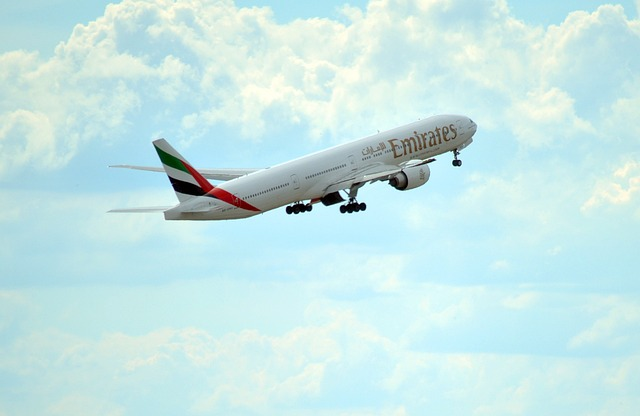
Airline Transport Pilot License
The Airline Transport Pilot License (ATPL) is the highest level of pilot certification and is required for pilots seeking to become commercial airline pilots. ATP flight school is the most extensive program available to pilots and is a step beyond obtaining a commercial pilot license.
Entailments
Commercial airline pilot training focuses on advanced flight operations, airline procedures, multi-crew coordination, and decision-making skills in complex and high-demand commercial aviation environments.
A pilot considering this program already has flight experience and has received a commercial pilot license.
Commercial airline pilot flight schools require a significant investment of time, effort, and financial resources. The cost breakdown for obtaining a commercial airline pilot license includes several key components. Different airline pilots may have specific regulations and flight training programs to follow determined by their employers.
Time
Firstly, flight time plays a substantial role. The specific number of flight hours required for a commercial airline pilot can vary depending on the aviation authority and country, but it typically ranges from 1,500 to 1,800 hours.
These flight hours are accumulated through various stages of commercial flight training, including instrument flying, night flying, cross-country flights, and simulated airline operations. The hour requirements are an accumulation of all the hours obtained in your initial pilot license and commercial license.
Fees
In terms of costs, flight instruction fees and aircraft rental charges contribute significantly. Flight instruction fees cover the cost of airline pilot training with highly experienced flight instructors who specialize in ATPL training.
These instructors provide advanced flight training and guidance throughout the program. Aircraft rental charges involve the hourly rates for using larger, more complex aircraft typically used in airline transport pilot training and are generally a lot more expensive than renting private pilot license equipment and other pilot gear from regional airlines.
Other expenses include ground school enrollment, examination fees, and additional training costs. Examination fees encompass the costs associated with written and practical exams conducted by the aviation authority.
Additionally, aspiring airline transport pilot certificate holders may need to undergo specialized training, such as simulator sessions, type rating courses for specific aircraft types, and other advanced certifications.
The overall cost of obtaining an airline transport pilot license can be substantial and varies widely depending on factors such as flight schools, location, aircraft type used for training, and individual progress.
It is not uncommon for the cost of airline pilot training to exceed six figures, considering the extensive flight hours, instructional fees, aircraft rental charges, ground school expenses, examination fees, and additional training costs.
However, it is important to note that many aspiring airline pilots pursue financial assistance options such as airline-sponsored programs or loans to help mitigate the costs associated with obtaining an ATPL. A multi-engine rating is also expected for those looking to pursue a career as an airline pilot.
Jobs
Jobs for an airline pilot license include:
-
Mainline Carrier- operating scheduled passenger flights on larger aircraft for a major airline.
-
Regional Airline Pilot- operating scheduled passenger flights on smaller aircraft for a regional airline, often serving as a feeder service to larger mainline carriers.
-
Cargo Carrier- operating flights to transport goods and cargo, ensuring timely and secure delivery to various domestic and international destinations.
-
Corporate Aviation Pilot- operating private aircraft for corporate or business purposes, catering to the travel needs of executives, high-profile clients, and companies.
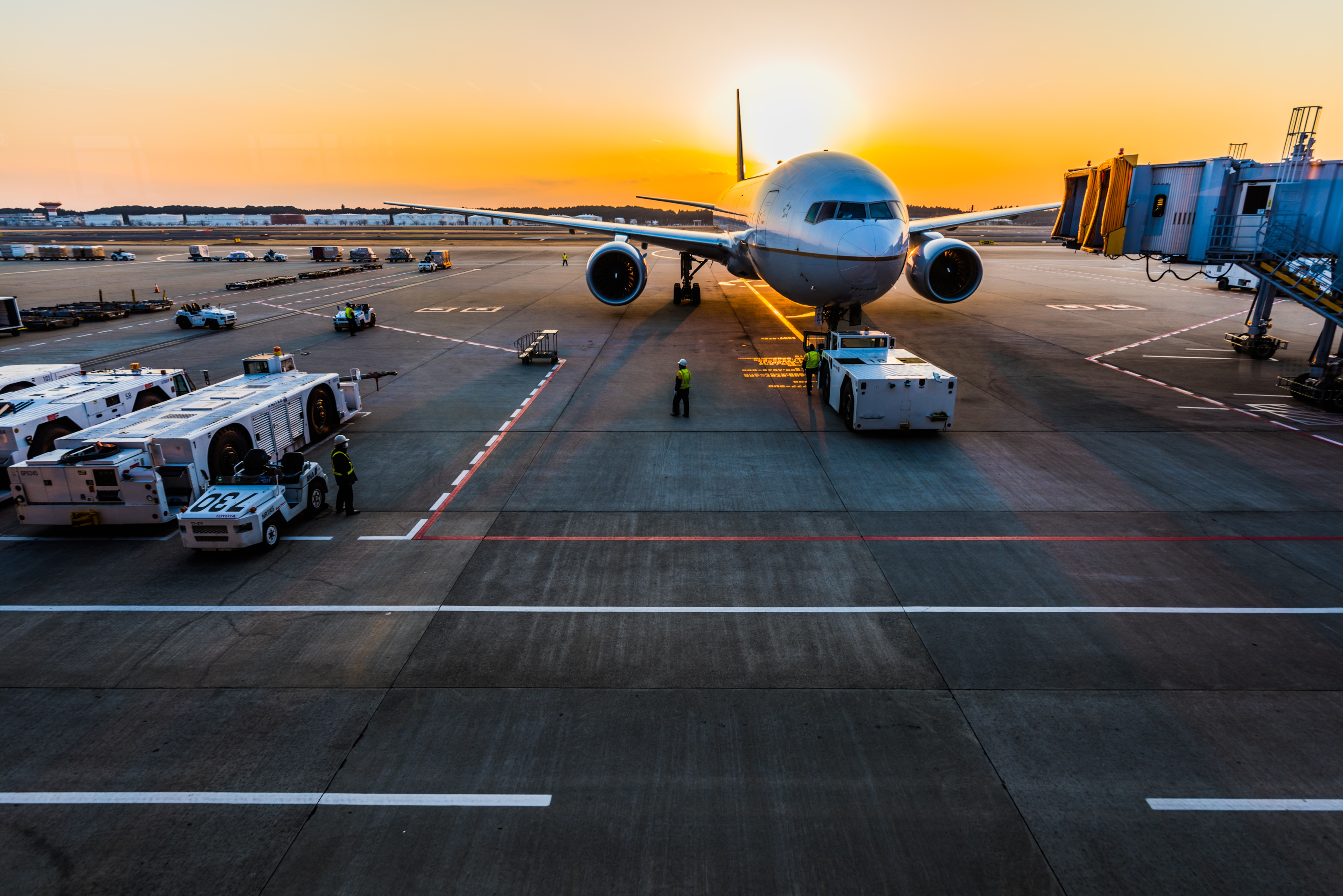
Sports Pilot License
The Sport Pilot License is a certificate that allows individuals to fly light sport aircraft for recreational purposes.
It is a relatively new category of aviation degree of pilot license introduced by the Federal Aviation Administration (FAA) in the United States. These are very limited licenses and don't allow you the pilot any aircraft heavier than LSAs.
The sports pilot license is designed to provide an accessible and cost-effective pathway for individuals interested in aviation and becoming recreational pilots. To obtain a Sport Pilot License, pilots must meet certain requirements, including a minimum of 20 hours of flight time, 15 of those hours being flight instruction, and 5 of them being solo flight.
They must also pass a written exam and a practical flight test. Sport Pilot License holders are restricted to flying smaller aircraft with specific performance limitations like light sport airplanes.
The SPL is an excellent option for individuals who want to enjoy the freedom of flight for recreational purposes while adhering to the more relaxed requirements and restrictions of the Sport Pilot category.
The cost of obtaining a Sport Pilot License can vary depending on several factors, including the flight school or training provider, location, individual proficiency, and the type of aircraft used for training.
As a general estimate, the cost of obtaining an SPL can range from around $4,000 to $10,000 or more. This estimate typically includes the cost of flight instruction, aircraft rental, ground school materials, written exam fees, and the practical flight test fee.
Sports pilot licenses cost significantly less than other pilot licenses and are a good option for those who are willing to work under the restrictions or don't have the time or money to commit to commercial pilot or private pilot licenses.
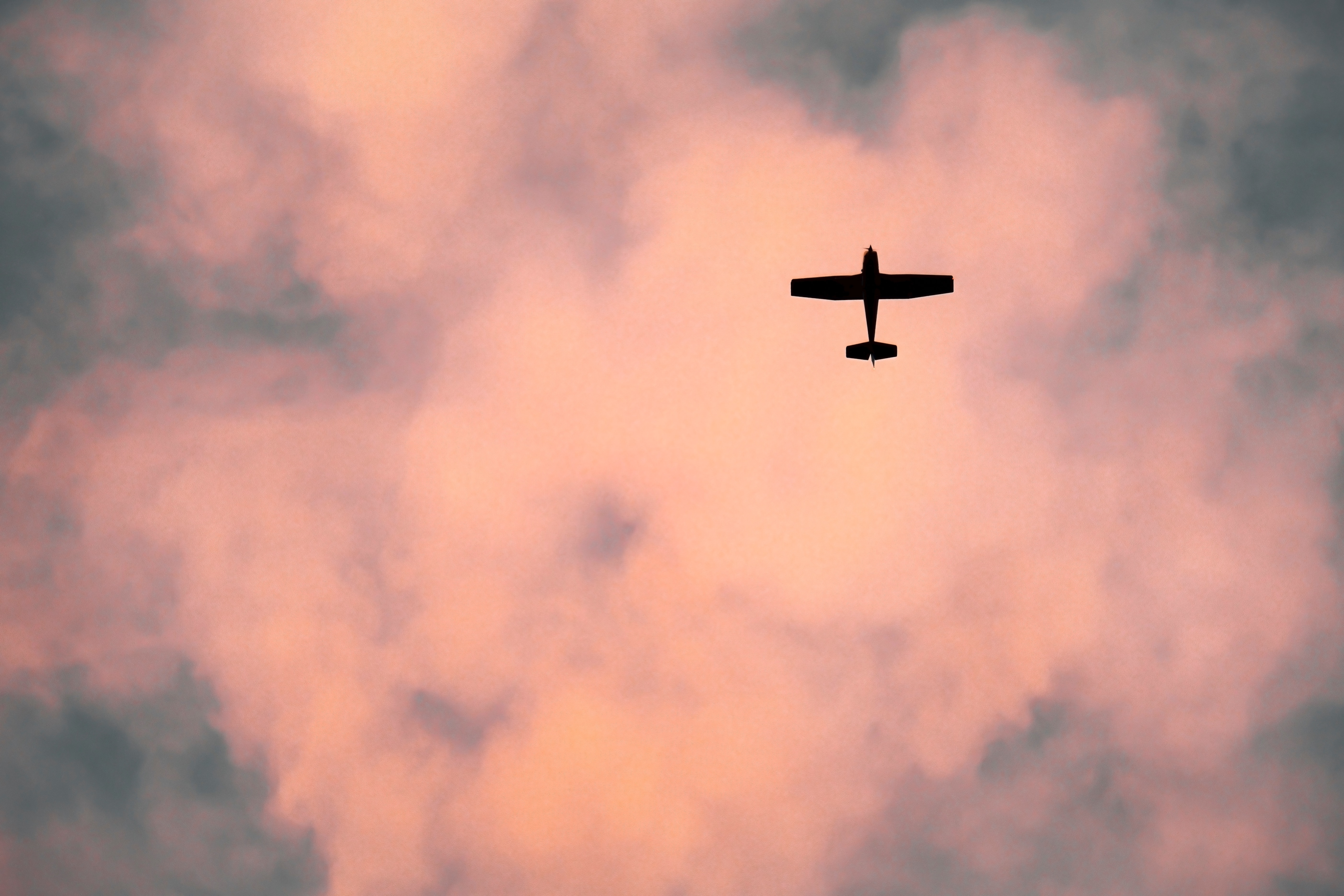
Financing options
Financing options are available to help student pilots cover the costs associated with flight school training. One common method is self-funding, which involves saving money specifically for pilot training or utilizing personal savings.
Another option is seeking loans or financing from banks, credit unions, or specialized aviation lending institutions.
These loans can be used to cover tuition fees, aircraft rental costs, and other training expenses. Scholarships and grants are another avenue to explore, as many flight schools and aviation associations offer financial aid for aspiring pilots.
Military and airline sponsorship programs are additional financing options that can provide financial assistance and training opportunities in exchange for service commitments.
Individuals need to research and evaluate different financing options to determine the most suitable and affordable approach to support their flight school endeavors.
Participating in online ground schools like ours is a great way to save money. Compared to traditional studies, our materials prepare you for practical training at a fraction of the cost.
Hidden costs
Hidden costs and considerations in pilot training go beyond the upfront expenses and extend into areas such as maintenance, insurance, continuing education, and type ratings.
Maintenance costs are an important factor for pilots to consider as they progress in their careers. As pilots accumulate flight hours and advance to higher-level licenses, they may need to maintain their licenses by fulfilling specific requirements and undergoing regular medical examinations.
These maintenance costs can include medical certification fees, recurrent training fees, and flight review expenses.
Insurance is another essential consideration for pilots. Pilots are typically required to carry liability insurance to protect themselves and others in the event of an accident.
The cost of insurance can vary depending on factors such as the type of aircraft flown, the pilot's experience level, and the coverage limits desired. Pilots need to research and obtain appropriate insurance coverage to mitigate potential financial risks.
Continuing education and type ratings are necessary for pilots who wish to advance their careers and fly larger, more complex aircraft. Ongoing training and certifications, such as instrument rating renewals or flight instructor certifications, require investments of time and money.
Becoming a flight instructor is a great way to combine entrepreneurship with your love of flying. The pilot career field can be competitive but independence is a big draw for many.
Additionally, obtaining type ratings for specific aircraft types is common for pilots seeking employment with or certain aviation companies. These companies often have their requirements and regulations that must be followed to retain employment.
Type rating is the benchmark required by the FAA in the United States to operate certain types of aircraft. Courses can be expensive and involve both classroom instruction and simulator training, but they are essential for enhancing job prospects.
Considering these hidden costs and considerations is crucial for pilots to plan their finances effectively and ensure a long-term. Debt can become substantial and cost pilots up to $300,000.
By budgeting for maintenance and insurance costs, as well as factoring in expenses related to continuing education and type ratings, pilots can make informed decisions and manage their financial commitments throughout their aviation journey.

Loans
Loans are a common financing option that allows pilots to cover pilot training costs with their training. These loans are specifically designed to assist individuals in flight schools by providing funds to pay for flight instruction fees, aircraft rental charges, ground school expenses, examination fees, and other related costs.
All of these aspects add up to a lot of money, so loans are a great way to get the funding needed to allow yourself time to pay pilot training costs in increments. Flight school loans can be obtained from various sources, including banks, credit unions, and specialized aviation lending companies.
The terms and conditions of these loans may vary depending on the lender and the borrower's creditworthiness. Some lenders may require collateral or a co-signer, while others may offer unsecured loans based on the borrower's credit history and income.
When considering a flight school loan, it's essential to understand the interest rates, repayment terms, and any associated fees. The interest rates on flight school loans can vary depending on factors such as the borrower's credit score and the lender's policies.
Repayment terms typically include a specified period during which the borrower is required to make monthly payments to repay the loan.
It is important to carefully review and understand the terms of the loan agreement, including any deferment or grace periods, as well as any penalties or fees for early repayment.
Applying for a flight school loan typically involves submitting an application form and providing supporting documents, such as proof of income, credit history, and personal identification. Lenders will evaluate the applicant's financial situation and creditworthiness to determine the loan amount and interest rate.
Flight school loans can be an effective means of financing pilot training, especially for individuals who do not have sufficient savings or other sources of funding.
However, it is crucial to consider the long-term financial implications of taking on a loan, including the repayment obligations and interest costs.
As with any loan, it is advisable to carefully assess different loan options, seeking professional advice if necessary, to make an informed decision that aligns with one's financial circumstances and goals.
As you progress in your flight training, you will of course want to find ways to limit cost. Here at Flight Nerd Airforce, we offer ground school at a fraction of the cost of traditional in-person classes. Click here to find out more about our options.
Conclusion
In conclusion, the cost to includes more than just the initial training expenses. It is essential to consider the hidden costs and considerations that arise throughout a pilot's career.
From maintenance and insurance fees to ongoing flight training costs and certifications, these additional expenses can significantly impact a pilot's financial planning.
However, with careful research, budgeting, and exploration of financing options such as self-funding, scholarships, loans, and sponsorship programs, hopeful pilots can pursue their dreams while being aware of the financial commitments involved.
Becoming a pilot involves a significant financial commitment, but it's not reserved solely for the wealthy. By understanding the costs associated with pilot training and exploring financing options, hopeful pilots can plan and prepare for their journey more effectively.
It's essential to consider the specific requirements and expenses associated with each type of license, including the PPL, CPL, ATPL, and SPL.
Additionally, hidden costs such as maintenance, insurance, continuing education, and type ratings should not be overlooked. With proper financial planning and research, aspiring pilots can make their dream of becoming a pilot a reality.
By understanding and preparing for the various factors affecting costs, individuals can embark on a rewarding aviation career with confidence and financial stability.
Join the club!
Ready to soar above the rest? Join our thriving community of aviation enthusiasts today and gain exclusive access to a treasure trove of free resources. Click here to join now!
